You know me as a consultant and educator who helps people have better meetings. Before that I worked in a state regulatory agency as a hydrogeologist and an expert in healthcare waste management.

I bet you don't know that between regulating and consulting, I was a painting contractor.
Yup, interior and exterior, paint and stain, brush and spray, on ladders and scaffolding and once I even leaned out over a roof by hanging onto the gutter. I loved it until I got vertigo from looking up too long while doing a big ceiling job and had to quit.
This week, I'm painting shed walls (no ceilings) and it's reminding me of how much painting has in common with leading meetings.
For both painting and meetings, preparation makes all the difference in the outcome. We can examine preparation for both with respect to purpose, process, tools, leadership, space and self. Let's take a look.
What's your purpose?

In any painting project, you have to know the purpose of the room or building in order to pick the color and type of paint. In a kitchen, you would probably choose a cheerful color and scrubbable semi-gloss paint. For some materials, you may just leave it unpainted because those peel all too soon.
For example, for our shed, I won't paint the treated wood sill or the 4 ft foundation posts (lower right) or the PVC window (not in the picture). I chose gray-brown flat paint to hide the imperfections and dirt. And, to avoid painting the shed ever again, I bought "lifetime" paint and primer. Do I want to be up on that 15 ft ladder when I'm over 80? I don't think so!
For meetings, it's the same -- you have to know the purpose of the meeting in order to carry it out. You will choose what to do and NOT do. And if there is no clear purpose, then you should cancel the meeting or send an email instead.
Is an agenda necessary? Many people think so. I disagree; it's having a clear purpose that really matters. If the purpose of a regular meeting is always the same, having a standing agenda or no agenda is fine. When the purpose varies from meeting to meeting, yes, each meeting should have an agenda explaining what exactly you are doing -- whether making introductions or making a decision.
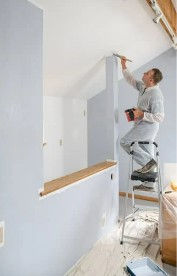
How are you doing it? What's your process?
Before you start a painting project, it helps to know what you want to paint last and work backward from there to decide the order in which to do the job.
Typically the celing is first and the trim is last, but it might not be. Before rollering, you would paint the corners and edges first. Before painting, you'd apply primer, and before priming you may need to scrape loose paint or fill in holes and cracks and clean the surface. All these steps (in reverse) ensure that the paint will adhere properly and look smooth and even when you are done.
Similarly, when planning a meeting, you will decide exactly what you intend to do and how you will do it. As with painting, you may want work backward from the desired outcome back to the first step. Then choose a series of activities for each step. This will help you identify any potential roadblocks or challenges and decide how to approach address each one.
You will also answer questions such as: Who will lead each agenda item? How long will each one take? How will people contribute to the discussion? How will you make decisions? Don't waste time during the meeting dealing with these details. Decide them ahead of time.
What tools will you need?
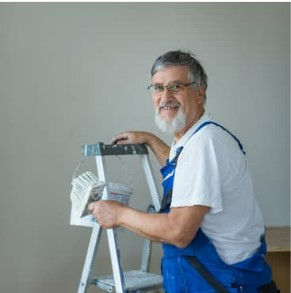
Before you start a painting project, you will gather all the necessary tools and materials. This includes paint, brushes, rollers, scrapers, drop cloths, ladders, tape and so on.
Similarly, before a meeting, you will gather tools such as flipcharts, markers, stickie notes and any necessary tech equipment. You will also prepare materials for your participants to read and send those out in time for them to review them.
Who will paint or lead, you or someone else?
If you know how to paint and have the time, you may decide to paint a room yourself. You might even pass your Do-It-Yourself (DIY) painting skills onto someone else as you do. It's a skill that serves!
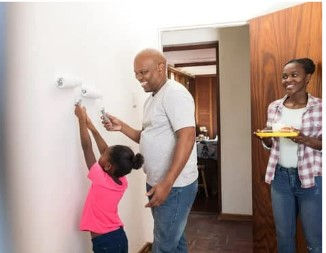
But if the project is too big or too complex for you or would trigger your vertigo, you may want to hire a painting contractor. You would look for contractors in your area, ask for proposals and references, and sign a contract.
The same goes for meetings. DIY faciliation works for most meetings.
But there are meetings you might prefer not to lead. You might want to put your full attention on participating, or it may be better for the group if someone else led them, or you may not have the time to prepare well. For those situations, you can ask an experienced meeting facilitator to plan and lead the meeting on your behalf.
How will you prepare the space?
In order to paint a room properly, you may move or remove furniture so you have unobstructed access to the walls and ceilings. You will also either detach things you don't want to paint such as switch plates or cover them with plastic, cloth or tape.
Similarly, you will prepare the space for your meeting, literally and figuratively, by:
-- setting up the room or online technology in a way that encourages collaboration,
-- clarifying what will and will NOT be done at the meeting,
-- asking people to set aside their phones and other distractions, and
-- deciding how to help your participants focus on the topic of the meeting.
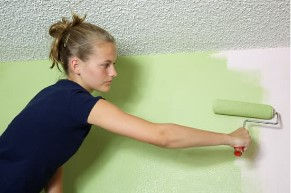
How will you prepare yourself?
Whether you are painting or facilitating, you may want to do a few stretches or meditate for a bit so you can better focus on what you're doing. You want to remain balanced whether you are up on a ladder or in a challenging conversation.
Are we done preparing yet?
Yes, it may take from 5 to 8 hours to prepare well for a room painting session, but the investment will be worth it. You might spend up to the same amount of time to prepare for a meeting. If that seems like a lot, think about time you will be saving for the people who will attend your meeting. They will appreciate your efforts!
Finally, it's time to apply the paint! This is where you get to see the fruits of your labor come to life. It's really fun to see the transformation in the end.
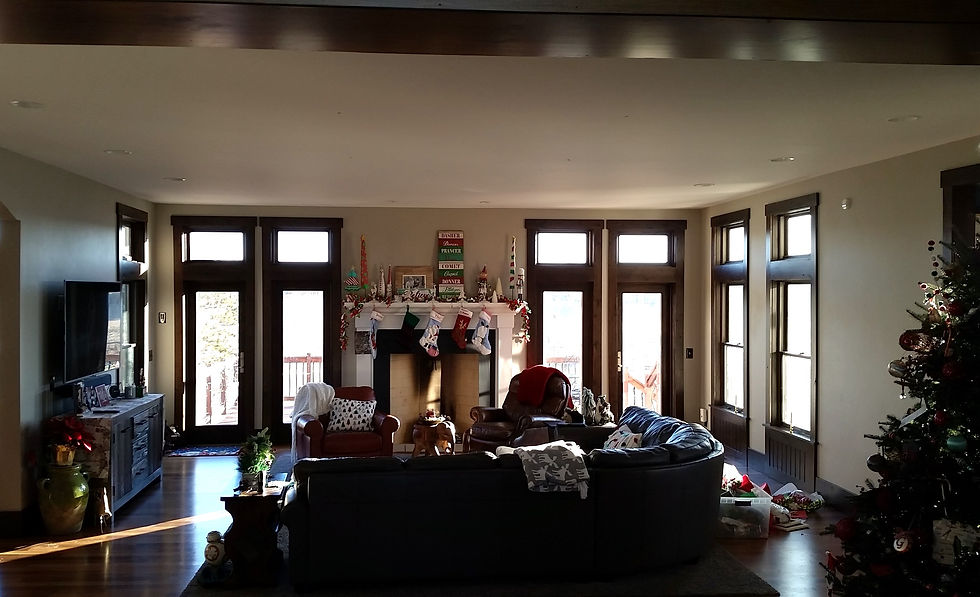
Similarly, in your meeting, your preparation will come to life. You will discuss ideas, make decisions, and collaborate with your team to make progress toward your goals.
When you prepare well, meetings will go more smoothly because your pre-planning will free your attention to focus on the people and their contributions. And if something unexpected does come up, no worries! Because you are so clearly centered on your purpose, you will find another way to do what you intended to do. You won't have to repeat that meeting again! Instead, your team will leave feeling energized and excited to implement next steps.
Whether planning for a meeting or completing a painting project, it's all about preparation for a successful outcome. Next time you meet, take time to prepare well. Clarify your purpose and process, gather your tools, prepare the space, prepare yourself, and then dive in with confidence. Happy painting - er, meeting!

Having trouble getting people to prepare for or participate in meetings? Feel free to sign up for an Engaging Meetings Consultation. Book 30 minutes on my calendar.
To be notified about new blog posts, courses and workshops and to receive tips for improving your meetings, sign up for our news emails.
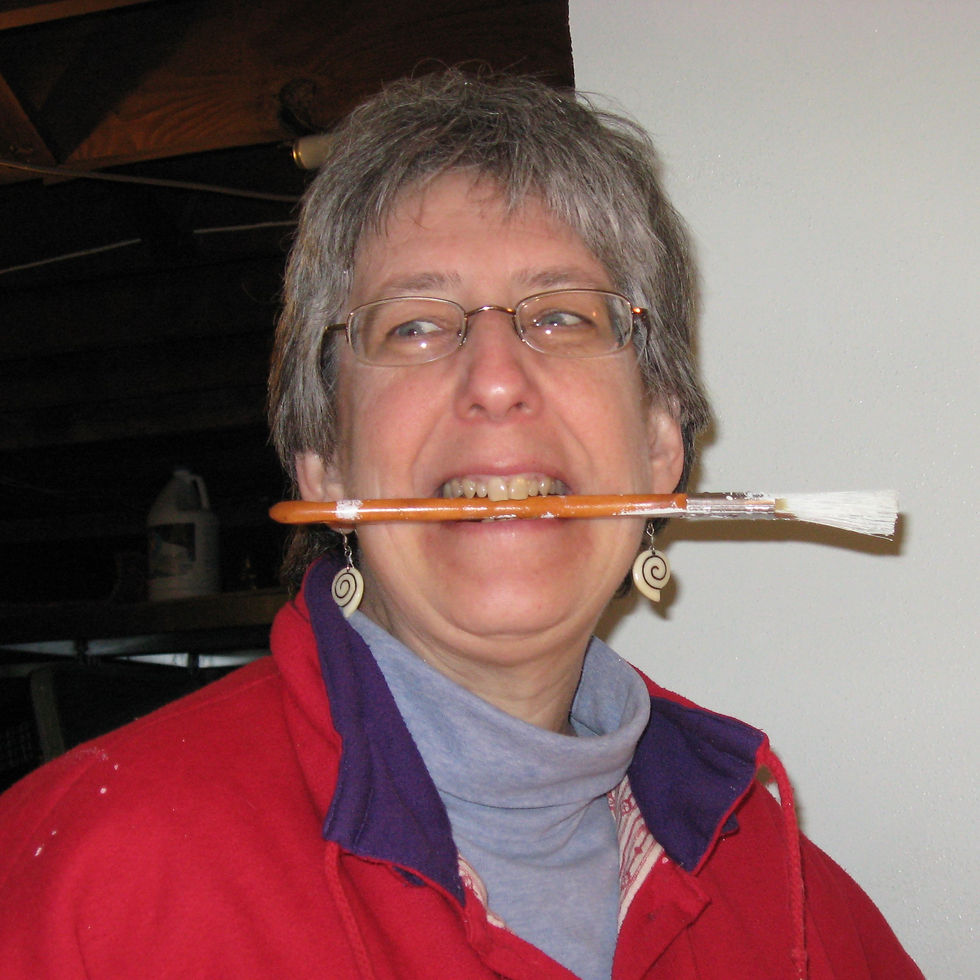

Commentaires